Technologies
Samsung Unpacked: Everything You Need to Know About The Galaxy Z Fold 5, Z Flip 5, Watch 6 and More
The new Galaxy Z Fold and Z Flip phones, plus the latest Galaxy Tab and Galaxy Watch, are now official.
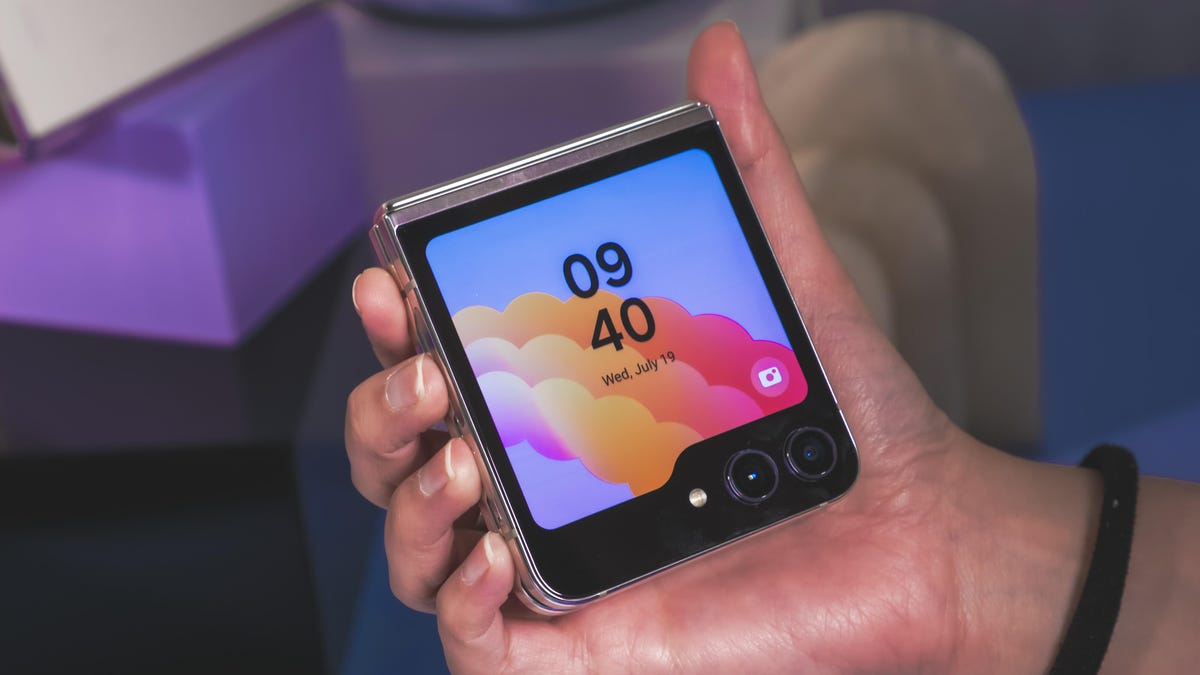
Samsung has taken the wraps off its latest devices. On Wednesday at an event in Seoul, South Korea the electronics giant unveiled a host of new devices including the latest Galaxy Z Fold 5 and Galaxy Z Flip 5 folding phones as well as a new Galaxy Tab S9 and Galaxy Watch 6 (complete with the return of a rotating bezel on the Classic).
The new wave of foldable phones were the focus of today’s Samsung Unpacked event, which was the first to take place in the company’s hometown of Seoul.
While Samsung’s entering its fifth consecutive year in the foldable phone market, the devices it’s launching at this year’s Unpacked arrive among a good deal more competition. Google’s $1,800 Pixel Fold is the first Pixel device to adopt a similar style to the Galaxy Z Fold series, in which a traditionally scaled phone unfolds to reveal an inner tablet-size screen. OnePlus is also rumored to have its own foldable phone on the way, which could further disrupt the space.
And after taking a few years off from the US market, Motorola’s new $1,000 Razr Plus is now eyeing Samsung’s Z Flip series, with the newest entry including a larger cover screen that can run most Android apps. We also know Motorola has a more affordable Razr model on the way with a smaller cover screen.
And it’s not only phones. As with Samsung’s past summer Unpacked events, Wednesday included new watches and tablets with the South Korean tech giant introducing a new Galaxy Watch 6 series and Tab S9 tablet line.
Here’s what you need to know about everything Samsung just unveiled.
Galaxy Z Fold 5: New ‘flex hinge’ closes the gap
The Z Fold 5 remains the pinnacle of Samsung’s folding lineup, though as with recent updates, this year’s model is largely iterative with no major redesign. There are improvements, notably a new «flex hinge» that allows the Z Fold 5 to fold completely closed without a gap around the hinge — a first for Samsung’s larger foldable. Also new is a Qualcomm Snapdragon Gen 2 processor, just like the Galaxy S23 line, a brighter internal display and a thinner S Pen stylus.
Otherwise, the Z Fold 5 looks similar to the Z Fold 4 and Z Fold 3 with the same sized front and internal screens. It still has a «flex mode» for propping the foldable up like a mini laptop, IPX8 water-resistance and a crease that CNET’s Lisa Eadicicco still found to be visible.
Like recent Z Folds, the new Z Fold 5 will start at $1,800 (£1,749, AU£2,599) when it hits stores on Aug. 11.
Galaxy Z Flip 5: A bigger front screen leads the way

Whereas the Z Fold 5 looks largely similar to older Folds, Samsung gave the Z Flip 5 a bit more of a refresh. New for this year’s Flip line is a redesigned front screen, which goes from 1.9-inches to 3.4-inches. The new front screen allows Samsung to better stack up to Motorola’s recently released Razr Plus and its 3.6-inch front display, though the Z Flip front screen is a bit more limited than Motorola’s offering. Samsung only lets certain apps run on the display at launch.
Beyond the updated front display, the new Z Flip 5 similarly runs on Qualcomm’s latest Snapdragon Gen 2 processor and sports a new hinge that also closes completely flat.
What hasn’t changed is the starting price, as the Z Flip 5 will start at the same $999 (£1,049, AU$1,649) that the Z Flip 4 commanded. The new flip phone is set to hit stores on Aug. 11.
Galaxy Watch 6: Return of the (Classic’s) rotating bezel
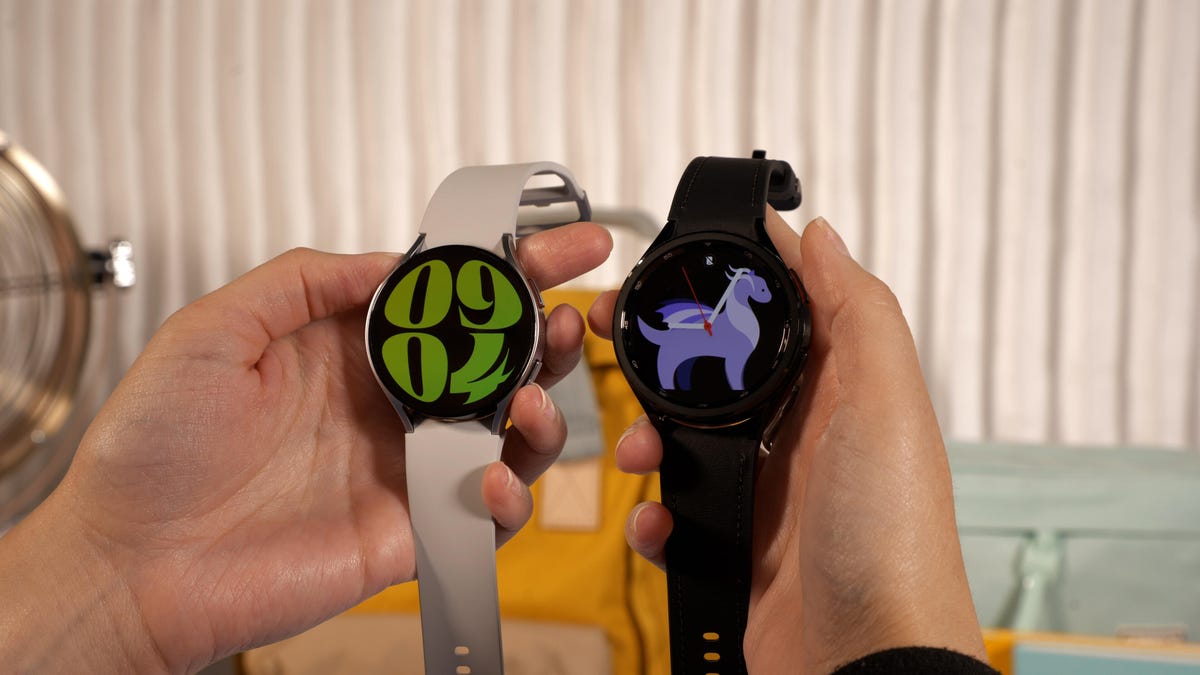
Samsung has given the Galaxy Watch 6 sports bigger batteries, larger screens and, at least on the Classic model, the return of the rotating bezel that was last seen on 2021’s Galaxy Watch 4. We’re glad it’s back as Samsung’s choice to cut it out from the Watch 5 line did not make us happy.
While otherwise largely incremental, the new Watch 6 will come in either 40mm or 44mm varieties (with screens running roughly 1.3 inches and 1.5 inches, respectively) while the Classic will arrive in either 43mm or 47mm sizes (sporting similar display sizes).
On the sensor front, the Watch 6 line sports similar sensors including ones for heart rate, skin temperature and bioimpedance (body composition). Google’s Wear OS continues to run the software side, with Samsung touting that a new app for Gmail was coming to the platform. Samsung’s One UI remains a part of the platform, including for better sleep insights.
The new Watch 6 will similarly go on sale on Aug. 11 and starts at $300 (£289, AU$549) for the smaller 40mm size and $330 (£319, AU$599) for the larger 44mm size, $20 more than the initial prices for the Watch 5. The Watch 6 Classic starts at $400 (£349, AU$699) for the smaller, 43mm model and $430 (£399, AU$749) for the bigger, 47mm size.
Galaxy Tab S9: Now water-resistant
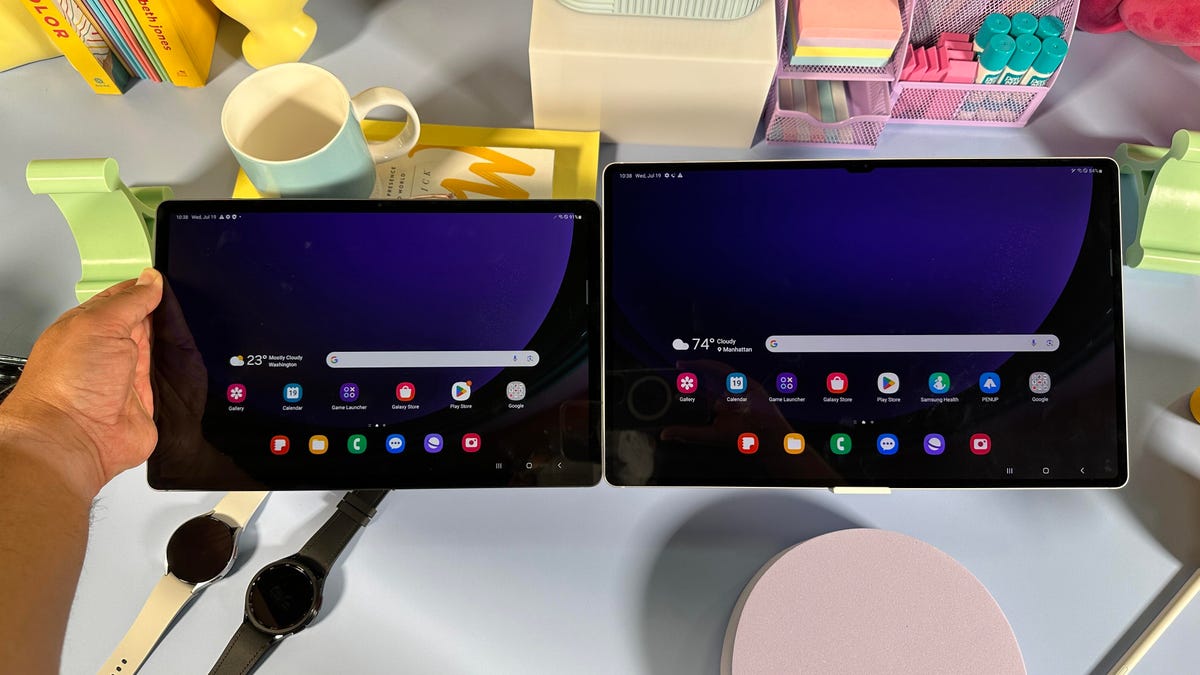
The Galaxy Tab family also got a refresh on Wednesday, with the new Tab S9 line sporting improved Qualcomm Snapdragon Gen 2 processors and IP68-rated water- and dust-resistant designs (for both the tablet and the S Pen stylus), but like Samsung’s other refreshes are largely incremental. You’ll still find large and impressive AMOLED displays across the line, with screen sizes still ranging from 11-inches on the base S9, 12.4-inches on the S9 Plus and 14.6-inches on the S9 Ultra. There also is a new beige color.
Pricing for the tablets remains high: The S9 is $800 (£700, AU$1,299), the S9 Plus is $1,000 (£999, AU$1,699) and the Ultra is $1,200 (£1,199, AU$1,999). And while a keyboard still costs extra, Samsung still includes an S Pen. Like the other devices that Samsung announced, the new tablets will arrive on Aug. 11.
Technologies
Chrome Autofill Now Supports Passport, Driver’s License and Vehicle Info
Soon, you’ll never need to remember anything ever again.

Computer users are accustomed to web browsers autofilling everything from names and addresses to credit card numbers. Now, Google Chrome is adding new enhanced autofill options that allow users to automatically populate fields for passports, driver’s licenses, and their vehicle’s license plate or VIN, Google said in a blog post on Monday.
Desktop users must choose to turn on the feature, which is called enhanced autofill. Otherwise, it stays off. To turn it on, open Chrome, and at the top right of your browser, select more, then settings, then autofill and passwords. Finally, choose enhanced autofill and turn it in.
Google says Chrome now can «better understand complex forms and varied formatting requirements, improving accuracy across the web.» The company also says that enhanced autofill will be «private and secure.»
This enhanced autofill update is available in all languages, and more data options will be supported in the coming months.
A representative for Google said the company had no additional comment.
Don’t miss any of our unbiased tech content and lab-based reviews. Add CNET as a preferred Google source.
Chrome is a critical component in Google’s business. The web browser, currently the most popular in the world with a 73% market share, according to GlobalStats, provides the company with valuable user data that it uses to sell advertising. Advertising is how Google makes the majority of its revenues. New features help keep users loyal to Chrome, making it more difficult for them to switch to other browsers, including those from companies like Perplexity and OpenAI.
Technologies
Today’s NYT Connections: Sports Edition Hints and Answers for Nov. 4, #407
Here are hints and the answers for the NYT Connections: Sports Edition puzzle for Nov. 4, No. 407.
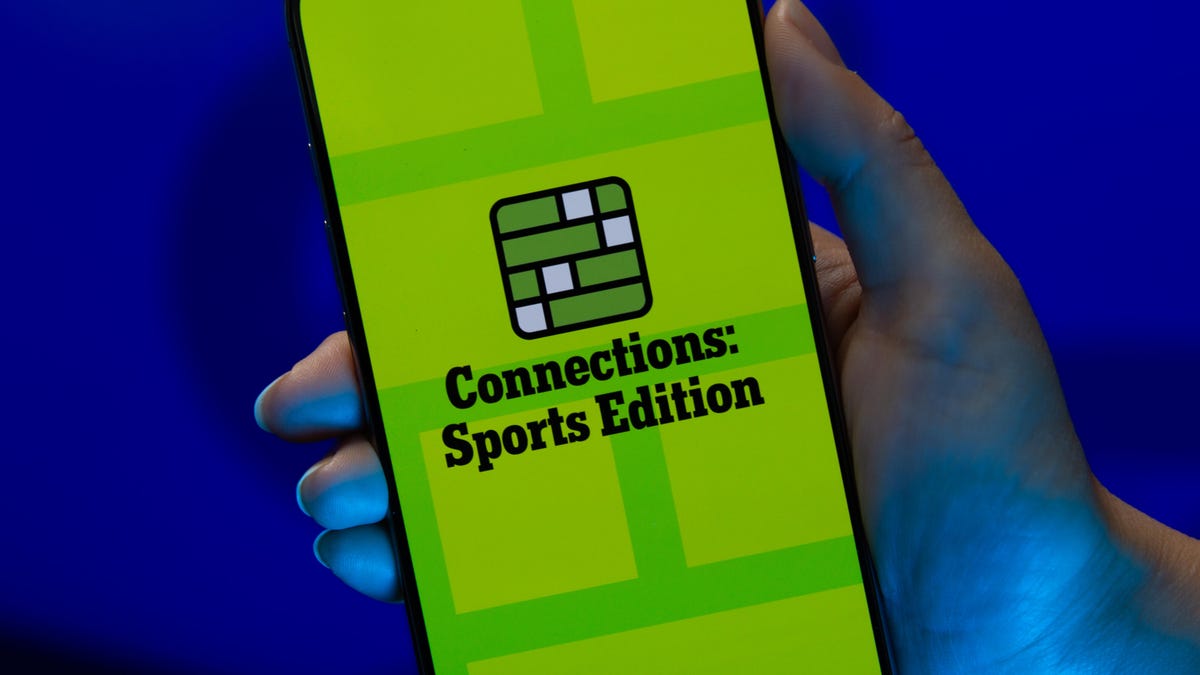
Looking for the most recent regular Connections answers? Click here for today’s Connections hints, as well as our daily answers and hints for The New York Times Mini Crossword, Wordle and Strands puzzles.
Today’s Connections: Sports Edition is a tough one. The Connections: Sports Edition puzzle makers will never run out of categories because they have discovered they can just pick one athlete and make a connections group out of four facts about that person. They do that today with the blue category, so if you don’t know that one player, you’re out of luck. If you’re struggling but still want to solve it, read on for hints and the answers.
Connections: Sports Edition is published by The Athletic, the subscription-based sports journalism site owned by the Times. It doesn’t show up in the NYT Games app but appears in The Athletic’s own app. Or you can play it for free online.
Read more: NYT Connections: Sports Edition Puzzle Comes Out of Beta
Hints for today’s Connections: Sports Edition groups
Here are four hints for the groupings in today’s Connections: Sports Edition puzzle, ranked from the easiest yellow group to the tough (and sometimes bizarre) purple group.
Yellow group hint: Get up and go!
Green group hint: College hoops.
Blue group hint: Famous basketball player.
Purple group hint: Not fair, but…
Answers for today’s Connections: Sports Edition groups
Yellow group: Energy.
Green group: Men’s college basketball teams with the most championships.
Blue group: Associated with Damian Lillard.
Purple group: Foul ____.
Read more: Wordle Cheat Sheet: Here Are the Most Popular Letters Used in English Words
What are today’s Connections: Sports Edition answers?
The yellow words in today’s Connections
The theme is energy. The four answers are pep, verve, vigor and zip.
The green words in today’s Connections
The theme is men’s college basketball teams with the most championships. The four answers are Kentucky, UCLA, UCONN and UNC.
The blue words in today’s Connections
The theme is associated with Damian Lillard. The four answers are 0, Dame Time, Trail Blazers and Weber State.
The purple words in today’s Connections
The theme is foul ____. The four answers are out, shot, territory and tip.
Technologies
Today’s NYT Mini Crossword Answers for Tuesday, Nov. 4
Here are the answers for The New York Times Mini Crossword for Nov. 4.
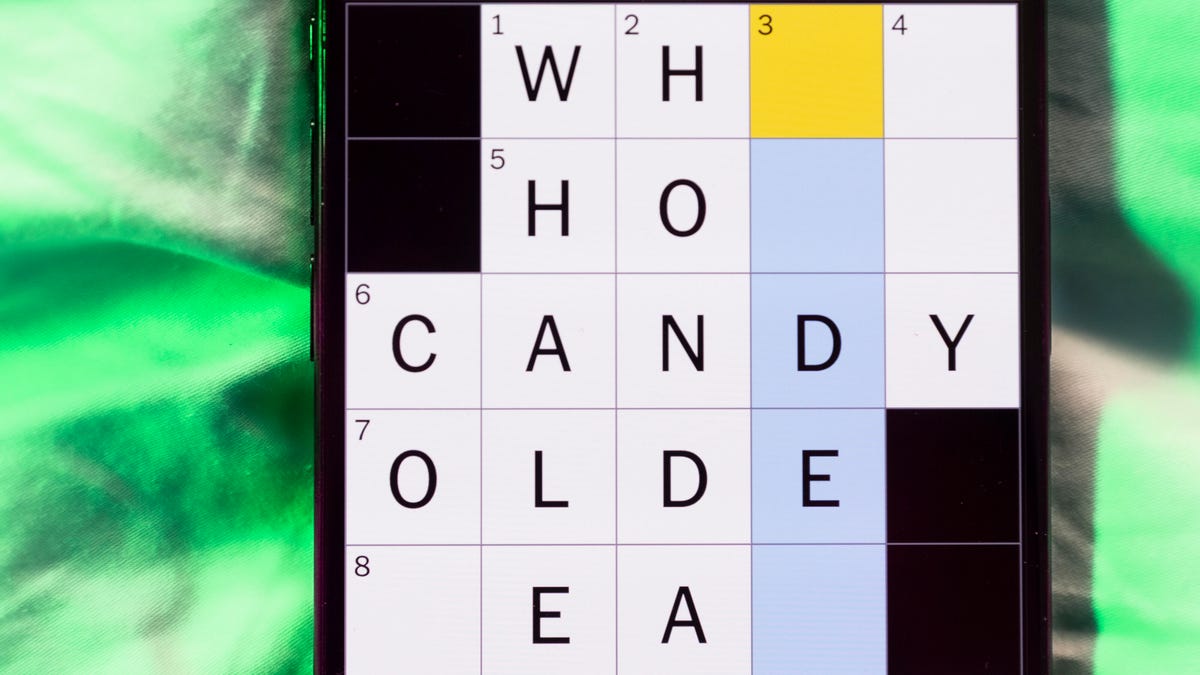
Looking for the most recent Mini Crossword answer? Click here for today’s Mini Crossword hints, as well as our daily answers and hints for The New York Times Wordle, Strands, Connections and Connections: Sports Edition puzzles.
Need some help with today’s Mini Crossword? There are a few tricky clues, so read on for the answers. And if you could use some hints and guidance for daily solving, check out our Mini Crossword tips.
If you’re looking for today’s Wordle, Connections, Connections: Sports Edition and Strands answers, you can visit CNET’s NYT puzzle hints page.
Read more: Tips and Tricks for Solving The New York Times Mini Crossword
Let’s get to those Mini Crossword clues and answers.
Mini across clues and answers
1A clue: Quickly fall asleep after a long day
Answer: CRASH
6A clue: 1/16 of a pound
Answer: OUNCE
7A clue: Where chess, shampoo and the number zero were invented
Answer: INDIA
8A clue: Uproar
Answer: FUROR
9A clue: Opposite of saved
Answer: SPENT
Mini down clues and answers
1D clue: Fancy hairdos
Answer: COIFS
2D clue: Period preceding a big event
Answer: RUNUP
3D clue: Tennis great Agassi
Answer: ANDRE
4D clue: Descendant of a wealthy family
Answer: SCION
5D clue: Symbol for «like» on Instagram
Answer: HEART
-

 Technologies3 года ago
Technologies3 года agoTech Companies Need to Be Held Accountable for Security, Experts Say
-

 Technologies3 года ago
Technologies3 года agoBest Handheld Game Console in 2023
-

 Technologies3 года ago
Technologies3 года agoTighten Up Your VR Game With the Best Head Straps for Quest 2
-

 Technologies4 года ago
Technologies4 года agoVerum, Wickr and Threema: next generation secured messengers
-

 Technologies4 года ago
Technologies4 года agoBlack Friday 2021: The best deals on TVs, headphones, kitchenware, and more
-

 Technologies4 года ago
Technologies4 года agoGoogle to require vaccinations as Silicon Valley rethinks return-to-office policies
-

 Technologies4 года ago
Technologies4 года agoOlivia Harlan Dekker for Verum Messenger
-

 Technologies4 года ago
Technologies4 года agoiPhone 13 event: How to watch Apple’s big announcement tomorrow
